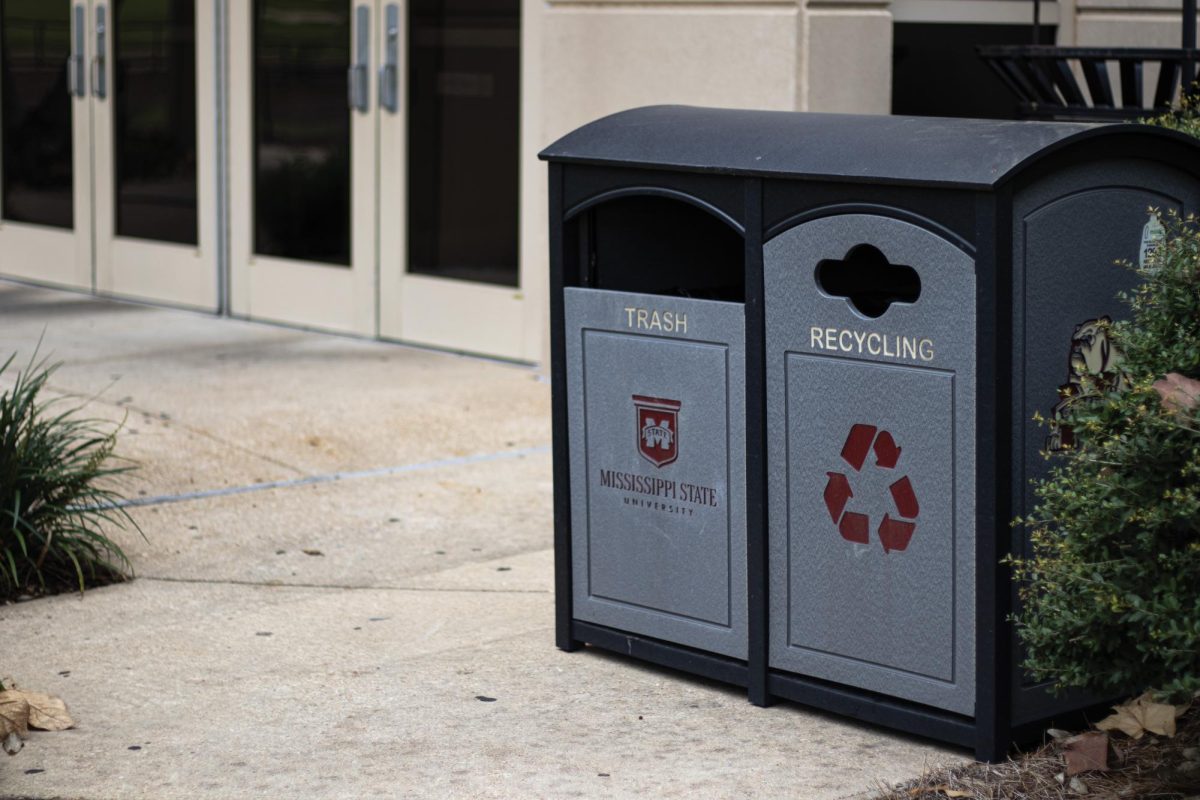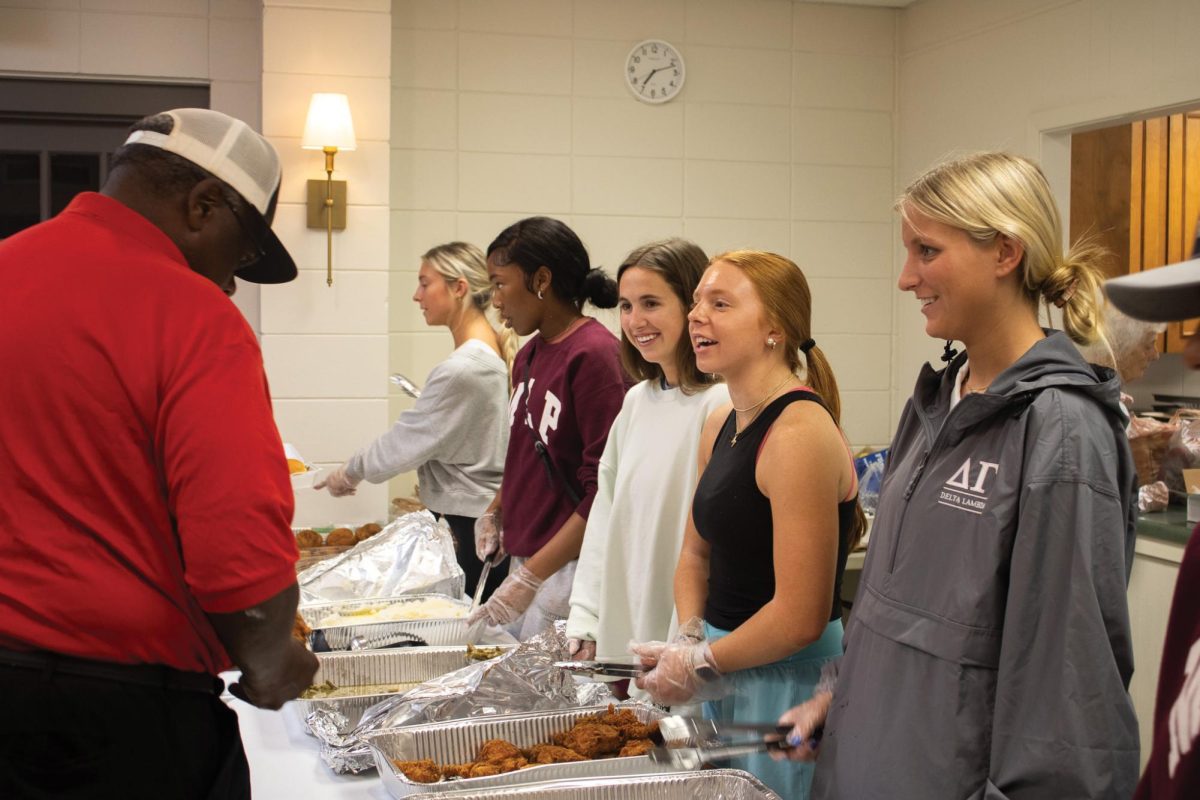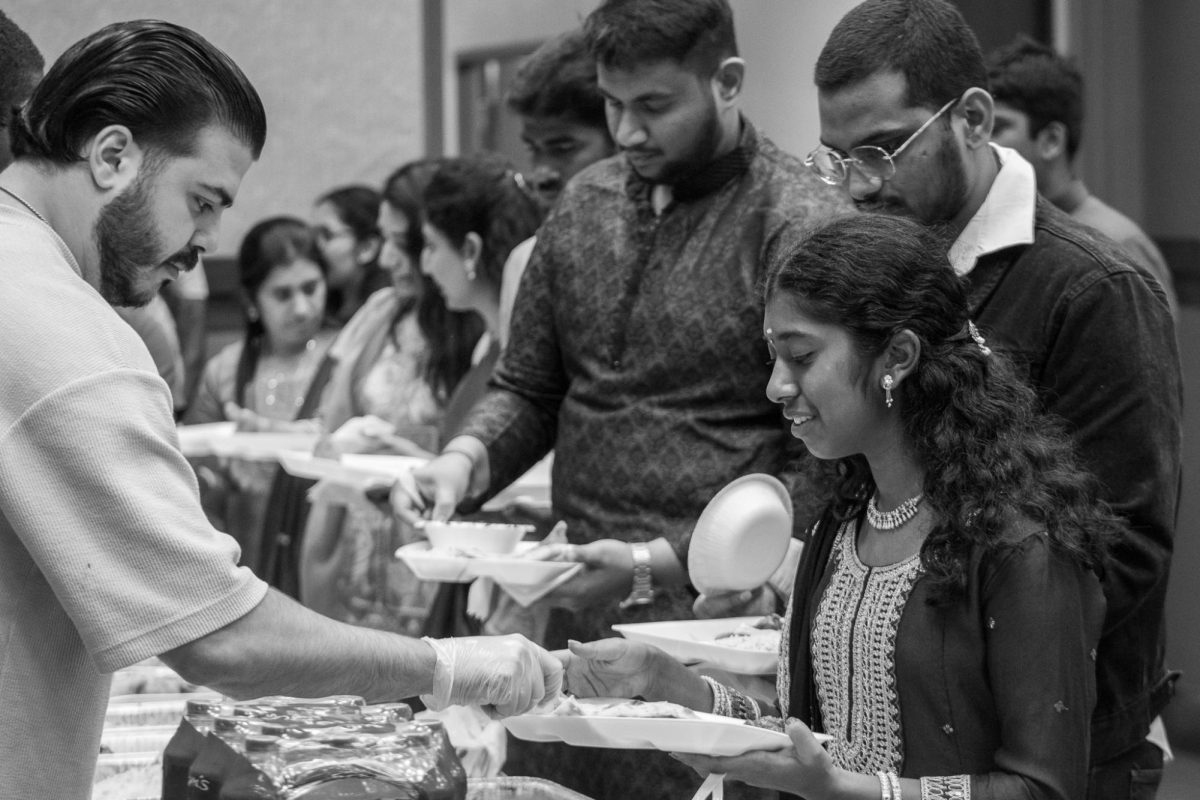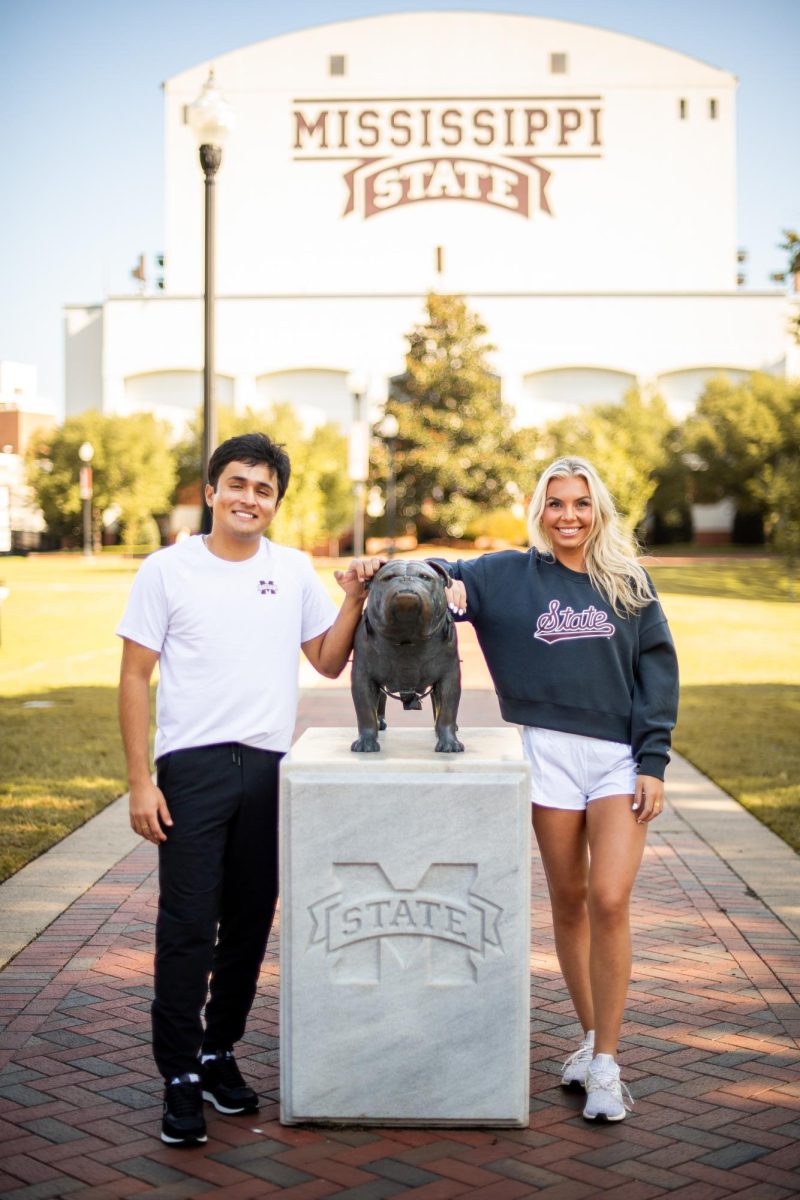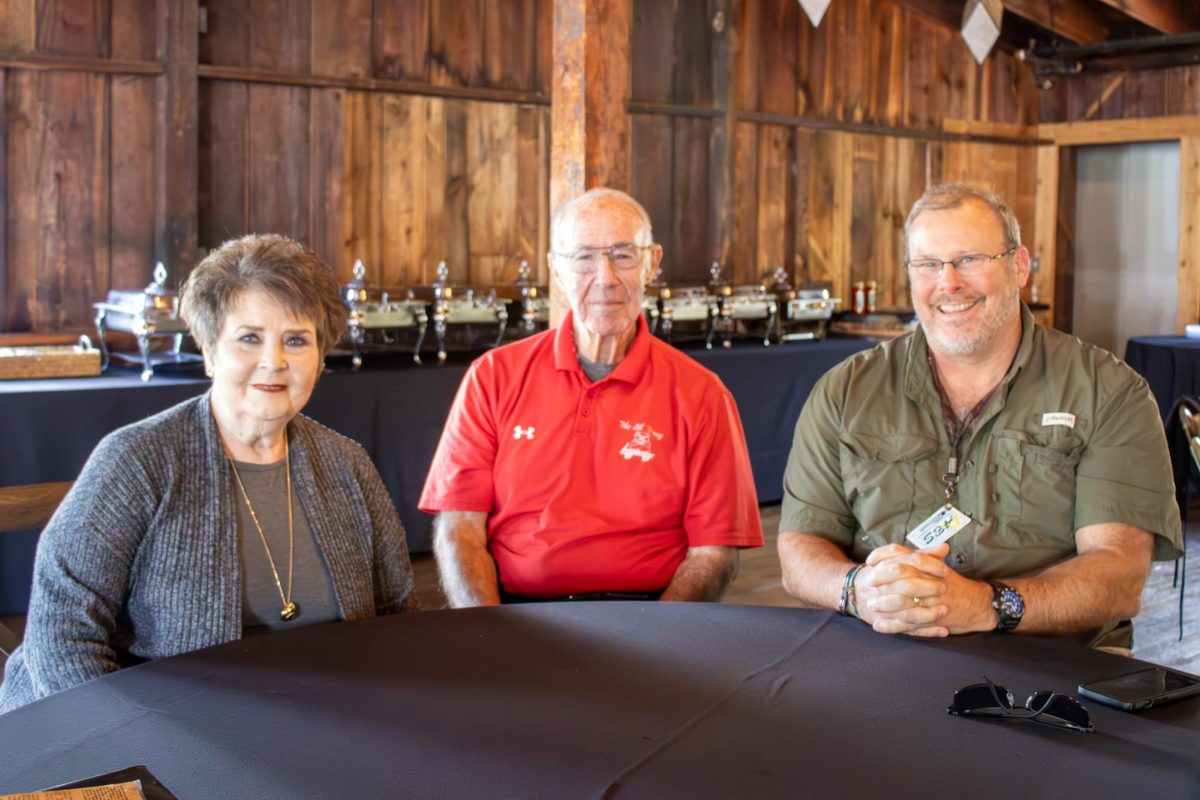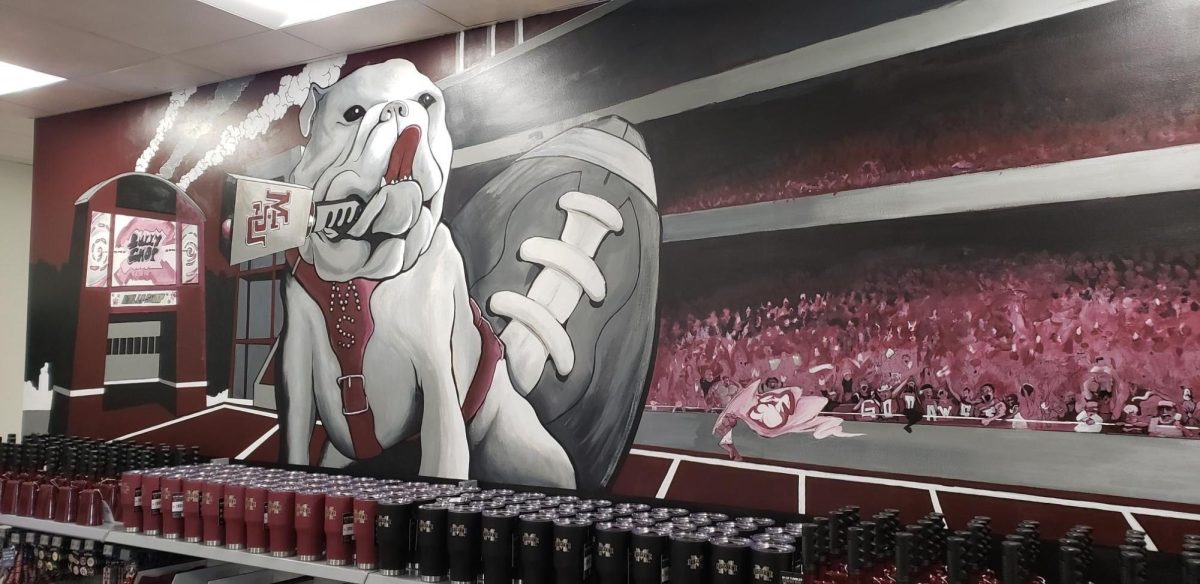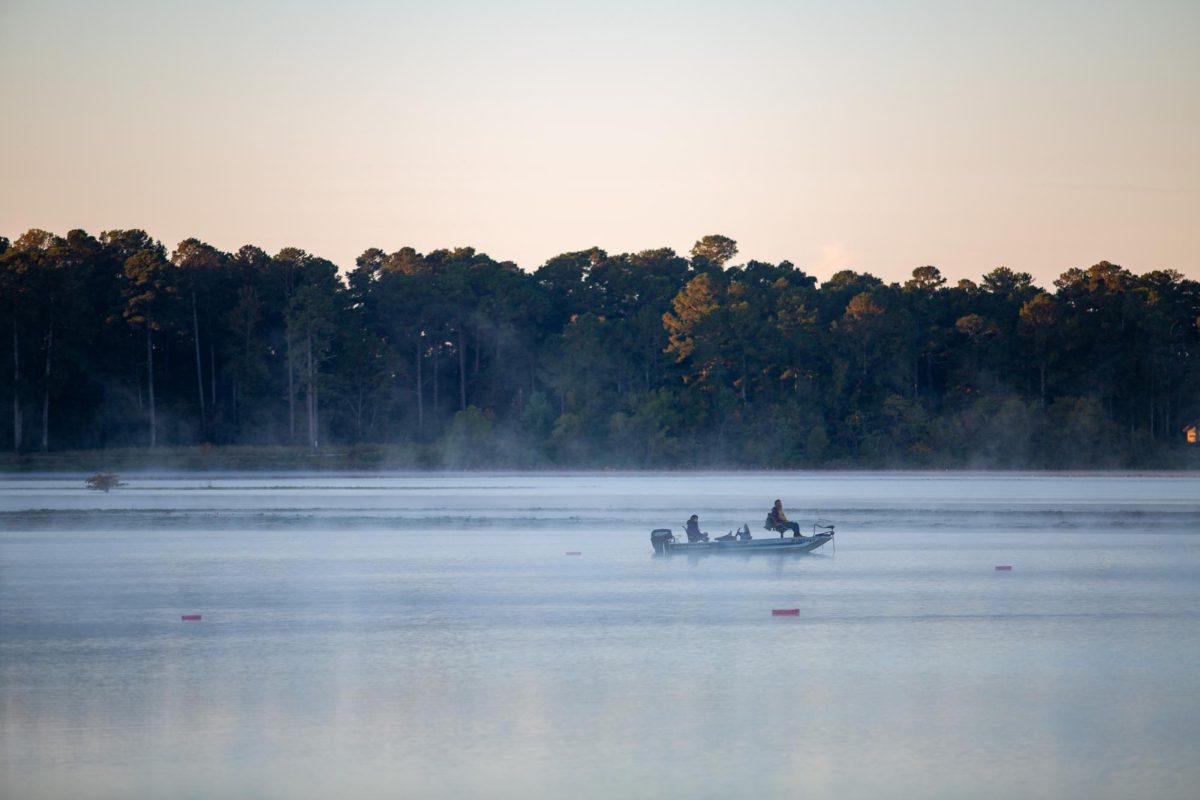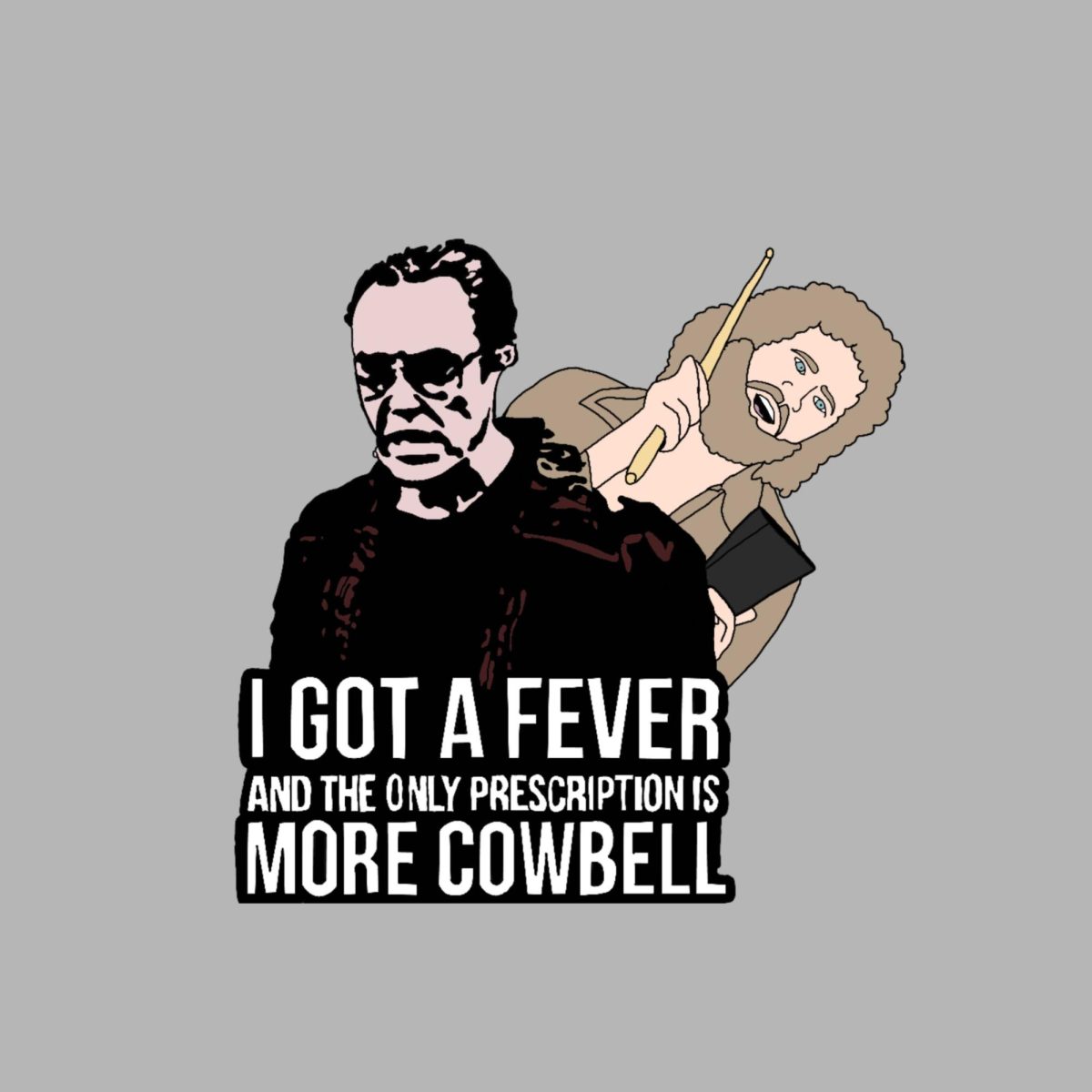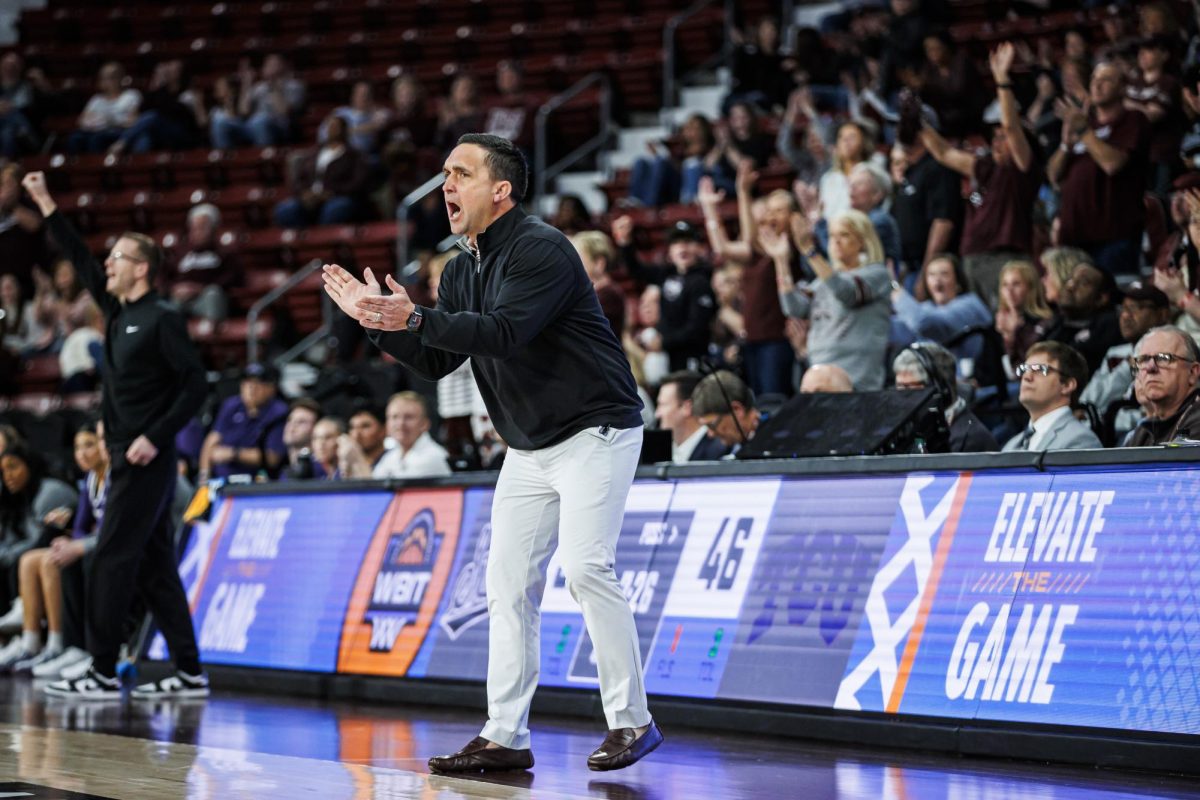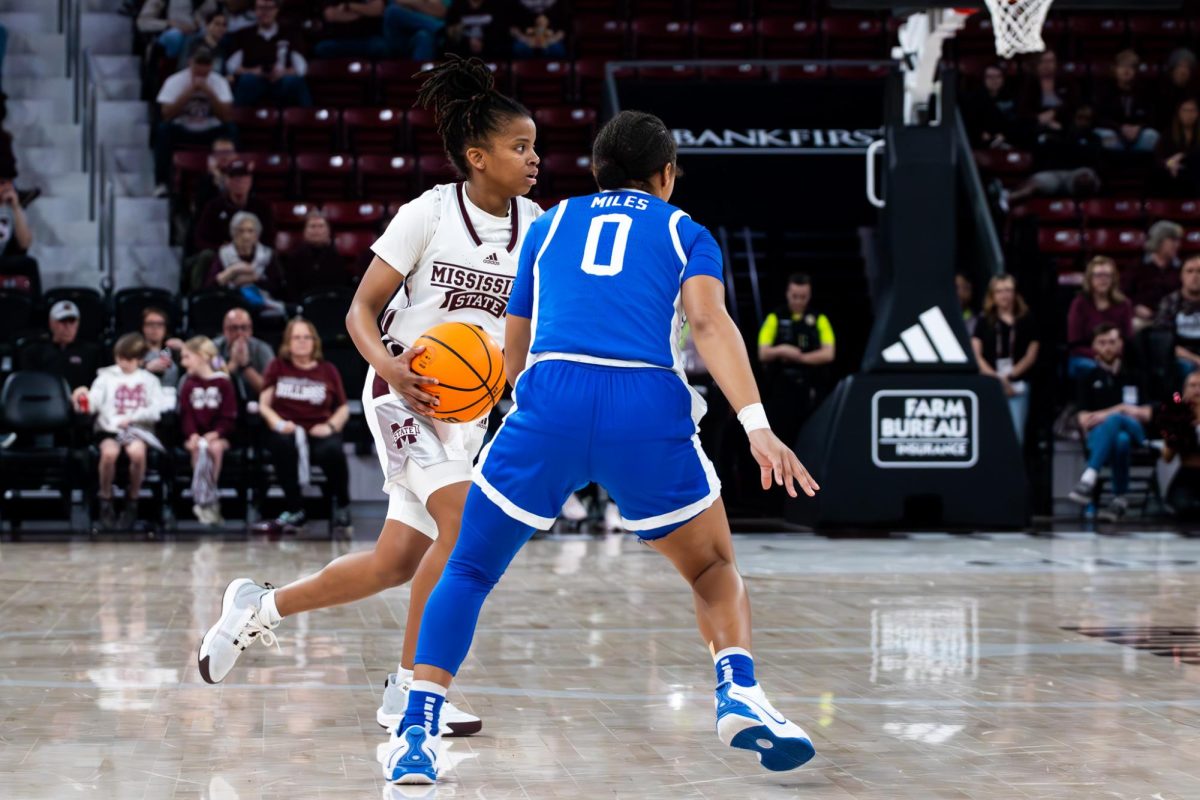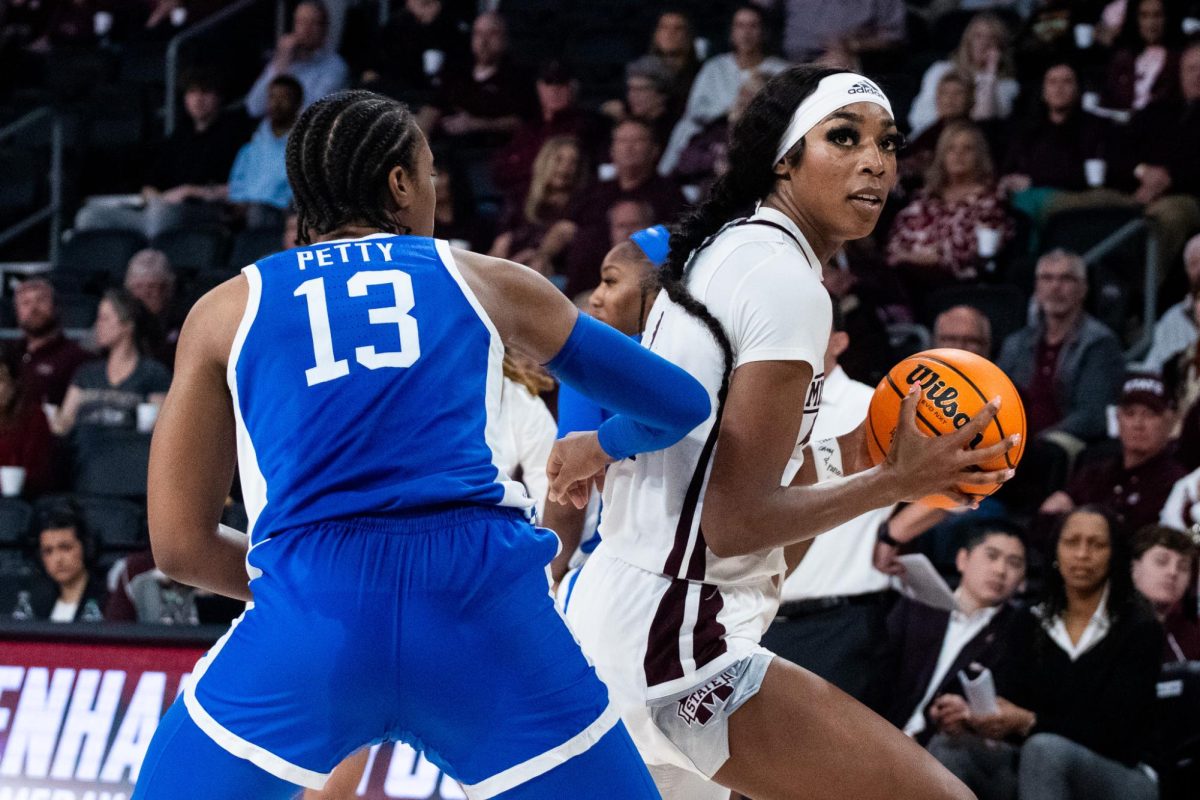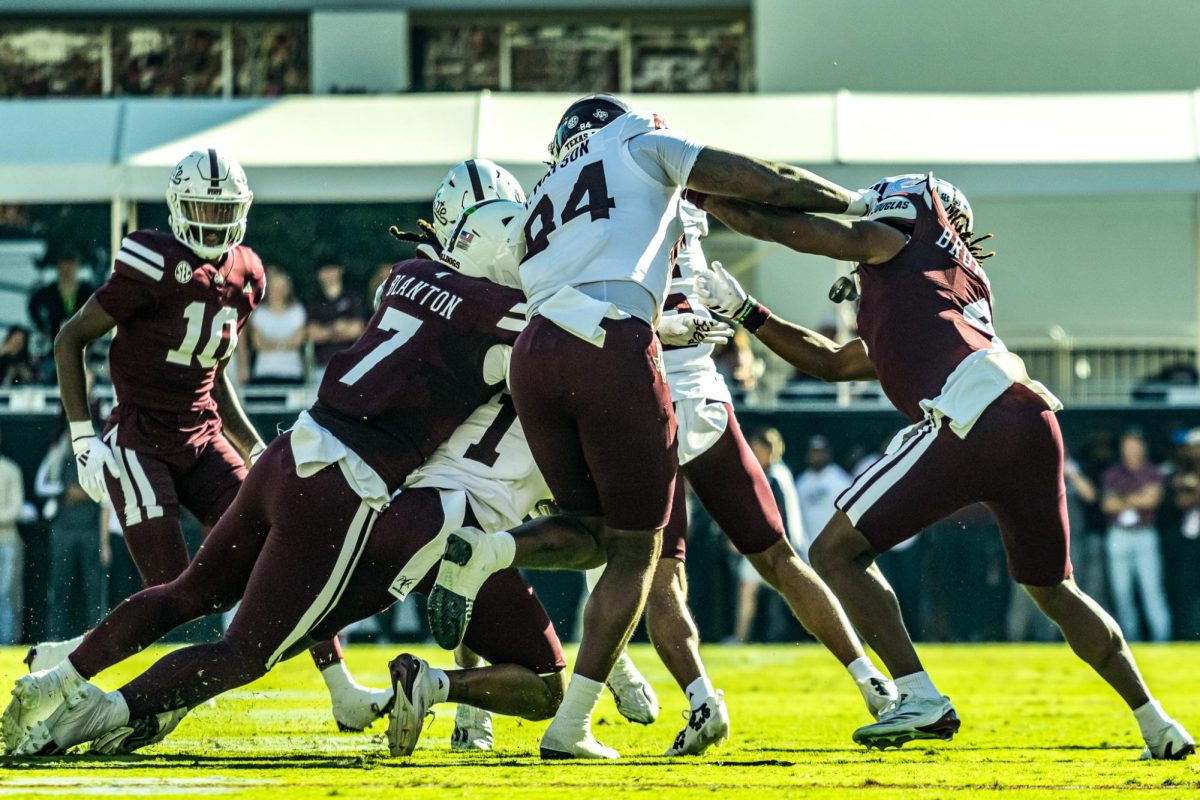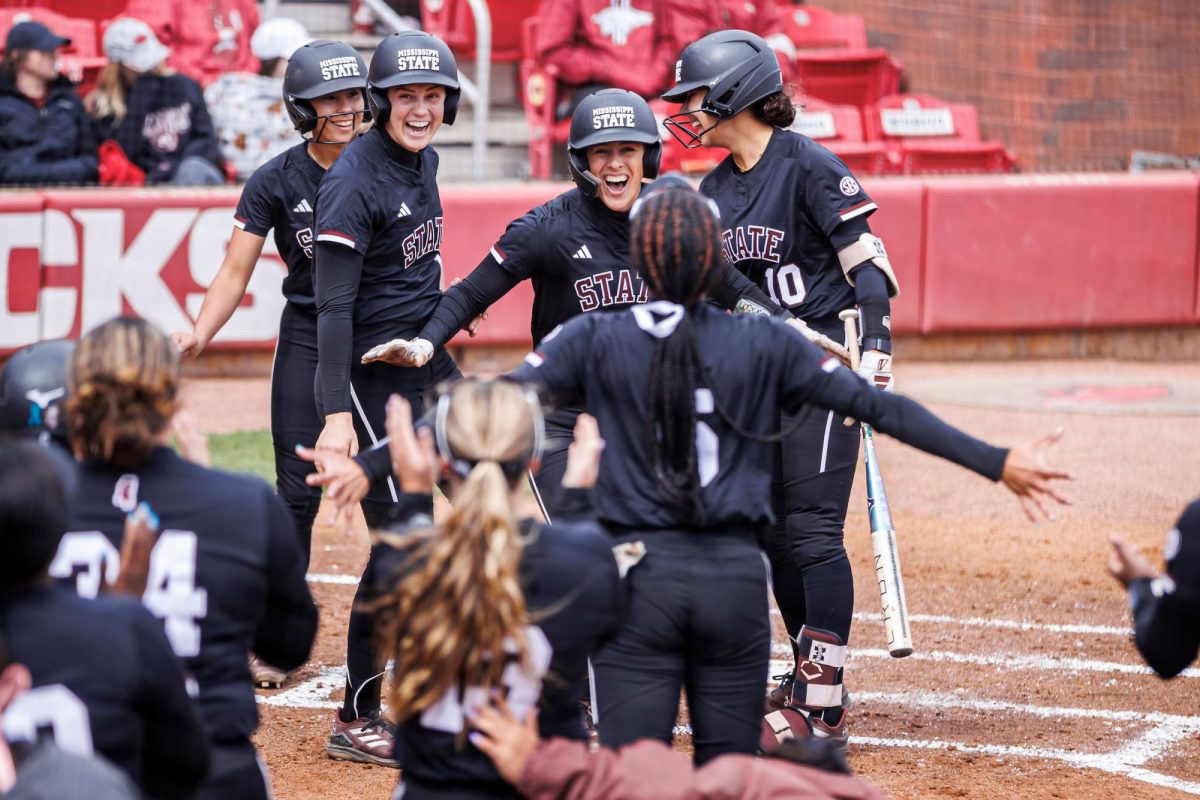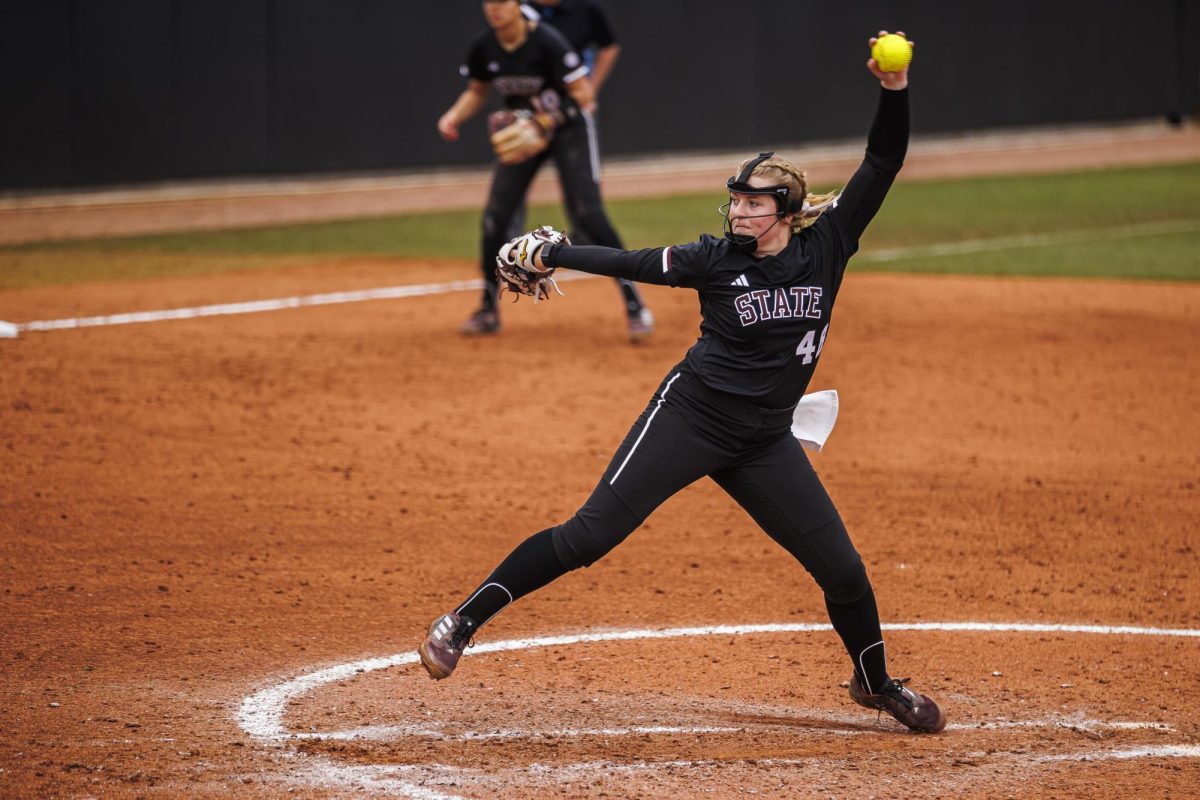Admit it. We’ve all been there. It’s a nice Saturday afternoon, you’re sitting around with a couple of your friends, and you all decide that it’s a perfect day for grilling. A few people go to the grocery store to get the charcoal and meat and vegetables to cook while the others get to work on getting the grill ready. You clean the grill, get the charcoal hot, form the hamburgers or shish-kabobs and finally place them on the grill. A few minutes later you all have the best hamburger, ribs or chicken of your life and everyone is truly happy.Doesn’t sound familiar? Unfortunately, while situations do occur like the aforementioned one every once in a while, I’m sure more of us are familiar with this scenario: If hamburgers are on the menu for the night, they are formed into what seems like a normal-sized patty. Then come the bottles: Dales, Lea & Perrin’s or a combination of both are dowsed upon the raw patties until they resemble meatballs in French onion soup rather than hamburgers. The grill is rusty, and the grate is caked with muck from three years’ worth of cooked food. The burgers go on the grill innocently enough but are soon transformed into slightly larger and more round versions of the charcoal briquettes used to cook them.
Now since I’ve been at MSU, I’ve had my fair share of both situations. Fortunately, those bad situations haven’t occurred since sophomore year, but nevertheless, they’re still burned into my memory as a reminder of why the grill should not be used by the faint of heart; it’s rife with disappointment if you don’t know what you’re doing. And until I came to college, I had never known of these grilling horror stories. All the grilled food I had ever tasted came from my father, who had never produced a bad steak or burger from the grill in his lifetime.
So in a sense, I was spoiled, but I quickly learned that grilled food could be bad if not handled correctly. And I’ve also just realized that by writing this article, I’ll probably never be invited to another cookout again in my life. All the more reason to learn to become a griller myself, right? Well since my last article on grilling, I’ve had many suggestions on what other people use their grills for, and it sparked many people on to try new things on the grill. I also received a gift from a publishing company in San Francisco, and it couldn’t have come at a better time.
In a time where every cookbook on the shelves touts names like the “Best of …,” “The … Lover’s Bible” and other omnipotent monikers, the new grilling cookbook from Chronicle Books LLC, “Mastering the Grill: The Owner’s Manual for Outdoor Cooking,” deserves such a title. Written by Andrew Schloss and David Joachim, two experienced food writers and cookbook authors of high acclaim, “Mastering The Grill” is not just another grilling cookbook; it really is an all-inclusive instruction manual for learning about the art of grilling.
From the very basics of what metals and fuels burn the best on a given grill to the most microscopic details of how sugars in meat caramelize on the outside to get those flavorful grill marks, “Mastering The Grill” has it all. Entire chapters are devoted to different types of grills and what different fuel sources burn the best and produce the best flavor for a given food. By the way, you most likely are the owner of a kettle grill; gas grills are the most popular in America; and just like Hank Hill has told us for years, propane is the king of fuels.
There are also scientific explanations on why and when to use rubs instead of brines and marinades instead of sauces. You even get a crash course in every cut of meat, poultry, fish or game animal there is and how to test for each one’s doneness. That’s the best thing about this cookbook: You get in-depth information and expert advice on the science of how grills work with food, but it never sounds pretentious. Even recipes that sound daunting, like Whole Beef Tenderloin Stuffed with Foie Gras and Morels, have the simplest instructions and are accompanied by tips to make your grilling time more efficient and a list of tools needed for each recipe so you’ll never be caught off guard.
And to assume that this book only concentrates on meats would be a gross underestimation. There are chapters devoted to vegetables and side dishes, fruits, breads and even desserts. Plus, there are numerous recipes at the end of the book for marinades, rubs, glazes and the like that can be made ahead of time and always be ready for on-the-spot grilling.
But more than anything, I enjoy the fact that the writers know there is a time and place for outlandishly flavored rubs and marinades and exotic flavors to spice up a cut of meat, but they also know that the basics should be kept just that: basic. That’s why I love their recipe for the Great American Hamburger and Cheeseburger. It’s simple, easy and doesn’t mess with the natural flavor of the beef, a tactic that is unfortunately long forgotten since that dubious bottle with a bull first appeared on store shelves.
Whether you just want to entertain your friends with a great simple burger or you feel you have the gusto to take on that beef tenderloin, this book is for you. Even if you haven’t the slightest interest in cooking on the grill, the book is still a very good read and will educate you more on basic food ingredients than most regular cookbooks with that specific aim. Start using it as soon as you can and see what kind of marks you can leave behind.
To purchase “Mastering The Grill” by Andrew Schloss and David Joachim, go to www.chroniclebooks.com.
Categories:
College Culinary: New book offers masterful grilling
Ben Mims
•
April 2, 2007
0






